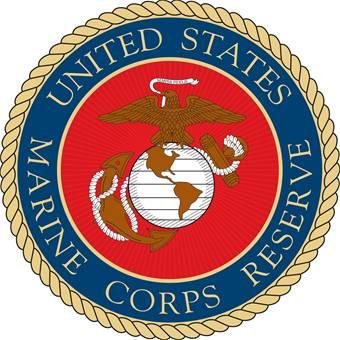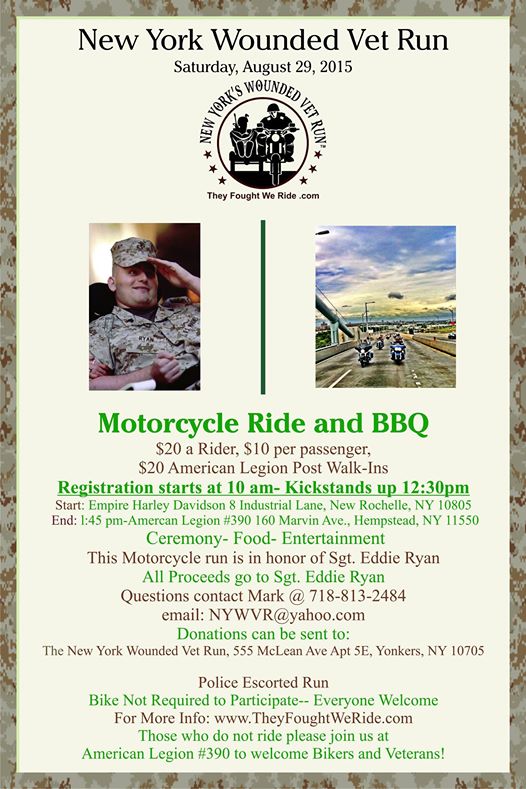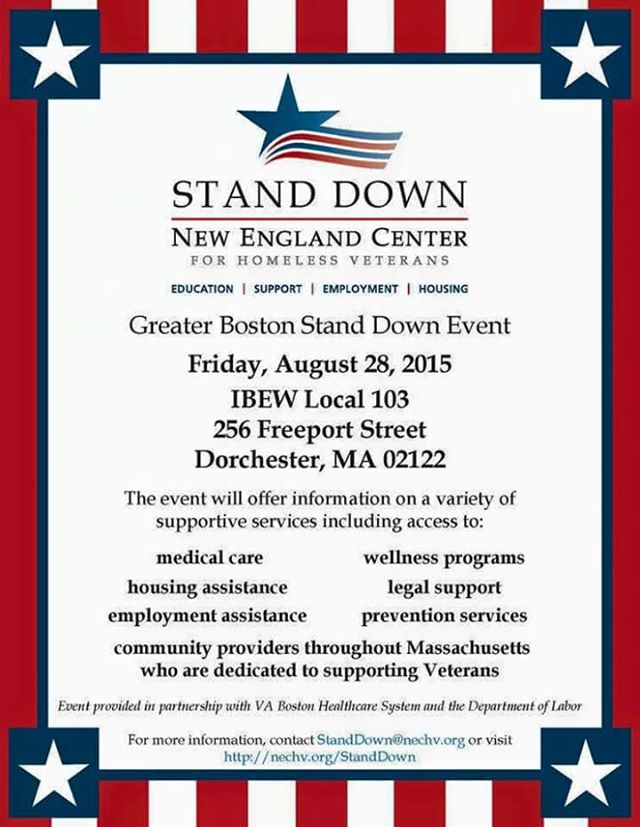From B&D Independence, the leader and most trusted name in transfer seating for decades, comes a revolutionary new system.
Designed to significantly increase your ground clearance, Hightower gives you the freedom and enhanced mobility you’ve been searching for.
The Hightower is the world’s first vertical docking console.
HighTower boasts a sleek and streamline design while its brackets are made to meet the needs of individual wheelchairs and vehicle systems. This is good form and functionality all in one small but powerful package.
The revolutionary HighTower side-mounted docking console eliminates ground clearance concerns and improves stability. This means an operator can move about freely and drive with confidence from their powered wheelchair.
What is the HighTower Docking System?
The HighTower Docking System is a side-mounted docking station designed to dock powered wheelchairs into the driver or front passenger position of a lowered-floor minivan or full size van. It is the first ever of its kind, and utilizes a rod bracket between the frame and seat of the wheelchair that docks with a station situated in the console area between the driver and front passenger seat.
Who is developing the HighTower Docking System?
HighTower is developed by B&D Independence, Inc. B&D is the recognized leader of Transfer Seat Bases for the mobility industry, and has been producing Transfer Seat Bases for over 30 years. More information on B&D Independence, Inc. can be found at their website, www.bdindependence.com
Will the same HighTower Docking System support both a Driver and Passenger wheelchair?
The Hightower Docking Systems are built specifically to support either a Driver or Passenger application. However, depending on the wheelchair and the needs of the user, a Driver and a Front Passenger system can be installed into the same vehicle. Consult your local mobility dealer for more details.
How does the HighTower install to my vehicle and wheelchair?
Installation to both vehicle and wheelchair is simple. A frame bracket sits between the seat and the frame of the wheelchair, and the rod bracket is attached to this frame bracket. The HighTower Docking System is positioned in the console area and bolted in place while electrical wires to supply power are run to the vehicle.
What testing has B&D conducted for HighTower?
HighTower Docking System is crash tested and certified under RESNA WC-4:2012, Section 18. B&D Independence works with the University of Michigan’s Transportation Research Institute (UMTRI) to conduct the latest crash testing and safety requirements for the HighTower Docking System. Further information can be found at UMTRI’s website, http://www.umtri.umich.edu/. B&D Independence is also a member of the COWHAT (Committee on Wheelchairs and Transportation), the foremost leader on safety and testing related to Power Wheelchairs and their securement systems. More information on COWHAT can be found at: http://www.resna.org/atStandards/wheelchairs-and-transportation.dot
What specific wheelchairs work with the HighTower?
We work closely with wheelchair manufacturers and are adding new models regularly. We suggest you refer to our wheelchair applications search engine on our website, www.hightowerdocking.com, for the most current listing.
My wheelchair is not listed on www.hightowerdocking.com; why?
HighTower is currently focused on ‘Rehabilitation Power Wheelchairs.’ Medicare defines this as Group 2 Complex, Group 3 and some Group 4 Power Wheelchairs. B&D Independence reviews the bracket needs of power wheelchairs in these categories to see if they would be right for a HighTower application, then, conducts all necessary testing and fitting before offering brackets for the specific wheelchair.If you feel your power wheelchair qualifies for the HighTower Docking System, but do not see your wheelchair listed, contact B&D Independence at info@bdindependence.com. Include your wheelchair make and model in the email.
What vehicles does the HighTower fit?
HighTower fits lowered-floor minivans such as the Chrysler, Dodge, Honda, and Toyota. HighTower can also fit to lowered-floor and some non lowered-floor full size vans. HighTower cannot fit to floors that are not compatible with wheelchairs, such as those with multiple floor levels or floors that have obstacles located in the driving / front passenger area, such as a airbag / control module found in most non-lowered full size vans.
Can I use my Hightower System as a unoccupied wheelchair restraint?
No, or more specifically, not yet. HighTower was built and tested as a forward facing Driver or Front Passenger application only. However, B&D Independence recognizes the need for unoccupied use in both the driving and cargo area of the vehicle; testing and engineering is being conducted to see if that can be a future possibility of the HighTower Docking System.
What mobility equipment can the HighTower work alongside?
HighTower works with most applications of equipment including hand controls, spinner knobs, pedal guards and other various simple use products. Even with high technology products, such as EMC or DSI equipment, the HighTower can coexist. The deciding factor in all of these applications will be the area in between the driver and front passenger seat; this location must be generally clear to receive the HighTower Docking System.
I use EMC / DSI equipment in my vehicle; will this cause a problem?
B&D Independence has conducted fit testing with the EMC / DSI Control box, a 26” wide wheelchair, and the passenger conversion pedestal and OEM Seat. All of these items were able to fit in the vehicle. EMC and DSI have been consulted regarding possible conflicts with the HighTower system; there is room to maneuver and move (slightly) the EMC / DSI control module, or even completely move the unit to the back of the vehicle, if the power wheelchair is very wide. Consult your local dealer for more information regarding the possibility of EMC / DSI equipment and HighTower.



